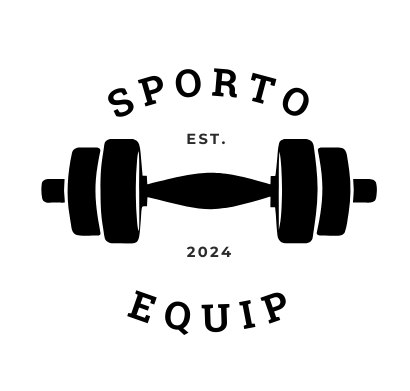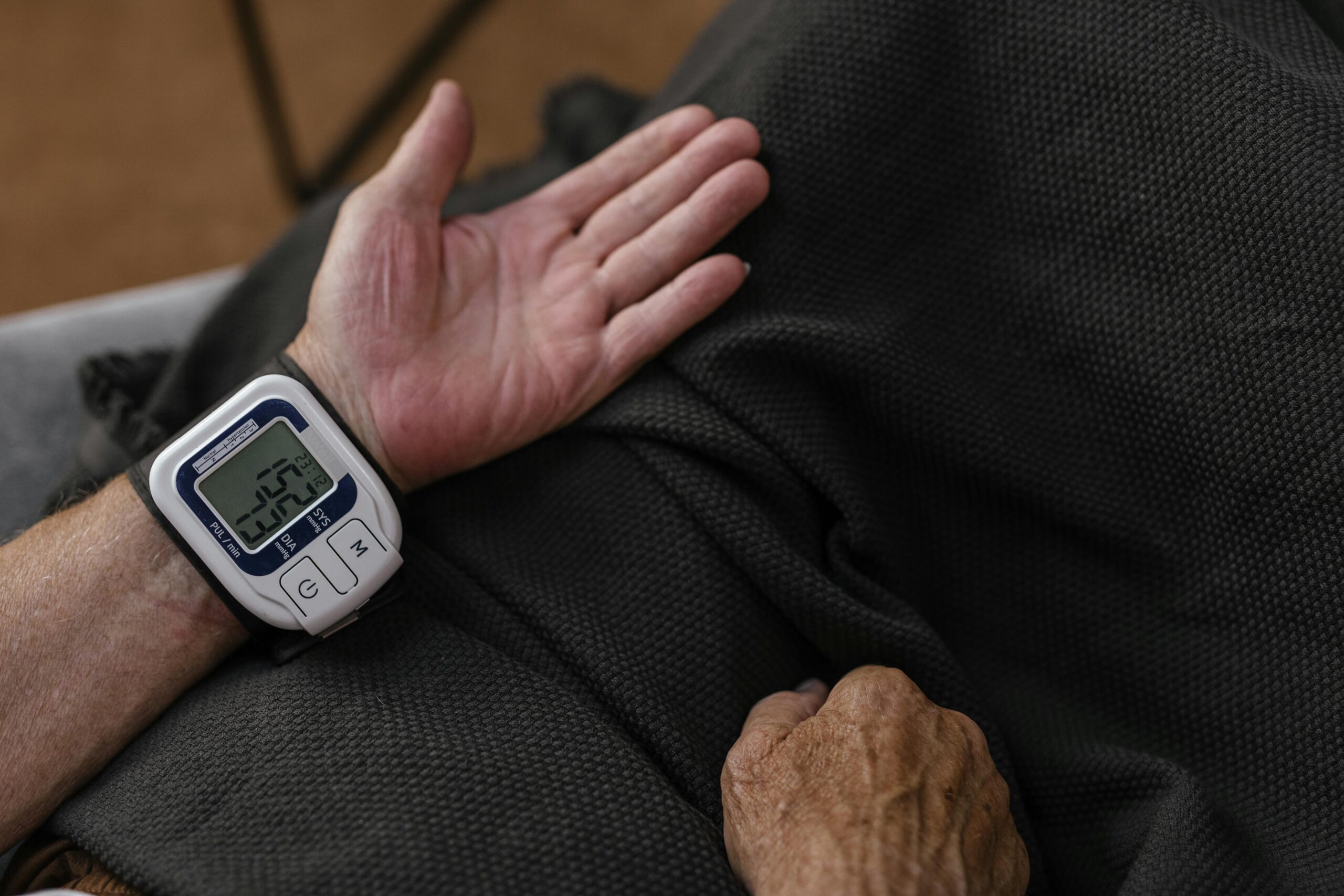Maintaining your wellbeing is crucial, especially when balancing a busy lifestyle. A wellbeing tracker can help monitor your health and progress, ensuring you stay on track. In this guide, we’ll show you how to make an effective wellbeing tracker. We’ll also highlight tools like the Kinetik Wellbeing Blood Pressure Monitor and discuss using a brand health tracker.
Step 1: Identify Your Wellbeing Goals
First, determine what aspects of your wellbeing you want to track. Consider areas like:
Physical Health
Physical health is a fundamental aspect of overall wellbeing. Tracking physical health involves monitoring various indicators such as weight, body mass index (BMI), physical activity levels, and specific health metrics like blood pressure, heart rate, and cholesterol levels. Regular exercise, a balanced diet, and sufficient hydration are key components of maintaining physical health. By keeping a detailed record of your workouts, including the type, duration, and intensity, you can identify patterns and make necessary adjustments to your fitness routine. Additionally, tracking symptoms and health conditions can provide valuable insights for managing chronic diseases or recovering from injuries.
Mental Health
Mental health is equally important as physical health, encompassing emotional, psychological, and social wellbeing. It affects how we think, feel, and act, influencing our ability to handle stress, relate to others, and make decisions. To track mental health, consider monitoring your mood, stress levels, and overall emotional state. Journaling daily feelings, using mood-tracking apps, and noting any significant changes in behavior or thought patterns can be very insightful. Additionally, tracking the frequency and quality of social interactions and relationships can help you understand their impact on your mental health. Regular self-assessments or professional mental health screenings can also be beneficial in maintaining mental wellness.
Nutrition
Nutrition plays a crucial role in overall health and wellbeing. It is important to track what you eat, including the types and quantities of food consumed, to ensure you are getting the necessary nutrients your body needs. Use a food diary or nutrition tracking app to log meals and snacks, and pay attention to macronutrient and micronutrient intake. Monitoring your dietary habits can help identify any deficiencies or excesses in your diet. Additionally, tracking how different foods affect your energy levels, mood, and digestion can provide insights into how your diet impacts your overall health. Making informed dietary choices can lead to better health outcomes and improved quality of life.
Sleep Quality
Sleep is a critical component of overall health, affecting physical, mental, and emotional wellbeing. Poor sleep quality can lead to a range of health issues, including fatigue, decreased cognitive function, and increased susceptibility to illnesses. Tracking sleep involves recording not just the duration but also the quality of your sleep. Use sleep tracking devices or apps to monitor sleep patterns, including how long it takes to fall asleep, the number of awakenings during the night, and the time spent in different sleep stages. Maintaining a sleep journal to note pre-sleep activities, bedtime, and wake-up time can help identify factors that influence sleep quality. Improving sleep hygiene by establishing a regular sleep routine, creating a comfortable sleep environment, and avoiding stimulants before bedtime can enhance sleep quality.
Stress Levels
Stress is a common aspect of modern life and can significantly impact both physical and mental health. Chronic stress can lead to various health problems, including anxiety, depression, and cardiovascular diseases. Tracking stress levels involves identifying and recording stressors, as well as physical and emotional responses to stress. Use stress tracking tools or apps to log daily stress levels and note any patterns or triggers. Incorporating relaxation techniques such as deep breathing, meditation, or yoga into your daily routine can help manage stress. Additionally, engaging in hobbies and activities that bring joy and relaxation can reduce stress levels. Understanding how stress affects you and developing effective coping strategies can improve overall wellbeing.
Step 2: Choose the Right Tools
Using the right tools can make a huge difference. Here are some recommendations:
- Fitness Tracker: Devices like Fitbit or Garmin watch monitor physical activities like steps, distance, and calories burned.
- Blood Pressure Monitor: Devices like Kinetik Wellbeing Blood Pressure Monitor track your blood pressure, helping you stay aware of your cardiovascular health.
- Nutrition Apps: Apps like MyFitnessPal or Lose It! help you log your meals and monitor your nutrient intake.
- Sleep Trackers: Use devices like the Oura Ring or sleep tracking apps to monitor your sleep patterns.
- Mood and Stress Trackers: Apps like Moodpath or Calm help track your mental health and stress levels.
- Brand Health Tracker: Choose a reputable brand health tracker that suits your needs. These often include features for tracking various health metrics.
Step 3: Create a Tracking System
Develop a system that works for you. You can use:
- Digital Tools: Apps and wearable devices are great for automatic tracking. They offer convenience and accuracy.
- Manual Logs: A simple notebook or spreadsheet can help you track your wellbeing manually. This method provides more control and customization.
Step 4: Set Up Your Wellbeing Tracker
Now, let’s set up your wellbeing tracker:
- Physical Health: Use your fitness tracker to monitor daily physical activities.
- Mental Health: Track your mood and stress levels using apps or a journal.
- Nutrition: Log your meals and water intake. Apps like MyFitnessPal can be very helpful.
- Sleep Quality: Use sleep tracking apps or wearables to monitor sleep patterns.
- Blood Pressure: Regularly use the Kinetik Wellbeing Blood Pressure Monitor to keep an eye on your cardiovascular health.
Step 5: Regular Review and Adjustments
It’s important to regularly review your data. Look for patterns and make adjustments as needed. This ensures your wellbeing tracker remains effective and relevant.
Tips for Success
- Consistency: Regular tracking yields the best results.
- Stay Motivated: Set realistic goals and reward yourself for achieving them.
- Use Reminders: Set reminders to ensure you don’t forget to log your data.
By following these steps, you can create a comprehensive wellbeing tracker that helps you maintain a balanced and healthy lifestyle. Incorporating tools ensures you have all the necessary data at your fingertips.
Start today and take control of your wellbeing. Your home gym isn’t just a place to work out; it’s a hub for achieving overall health and happiness.



